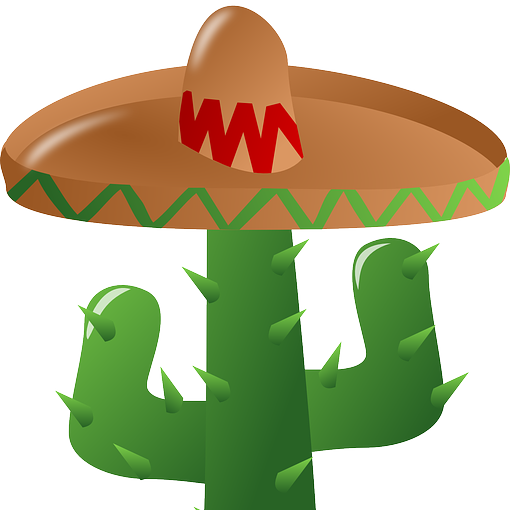In Mexico, there is a rich linguistic diversity with various languages spoken throughout the country. The keyword “languages in Mexico” highlights the importance of understanding the linguistic landscape of this culturally diverse nation.
Official Language
The official language of Mexico is Spanish. It is the most widely spoken language in the country, with approximately 98% of the population speaking it as their first language. Spanish was introduced to Mexico during the Spanish colonization in the 16th century and has since become deeply ingrained in Mexican culture.
Indigenous Languages
In addition to Spanish, Mexico is home to a significant number of indigenous languages. These languages have been spoken in the region for centuries and are an integral part of Mexico’s cultural heritage. Currently, there are 68 recognized indigenous languages in Mexico, each with its own unique characteristics and dialects.
Some of the most widely spoken indigenous languages in Mexico include:
- Nahuatl: Nahuatl is one of the most widely spoken indigenous languages in Mexico. It has a rich history and was the language of the Aztec Empire. Today, it is spoken by approximately 1.7 million people.
- Maya: Maya is another prominent indigenous language in Mexico. It is spoken by around 800,000 people and has several dialects. The Maya civilization, known for its advanced writing system and architectural achievements, greatly influenced the region.
- Zapotec: Zapotec is spoken by approximately 450,000 people in Mexico. It is primarily spoken in the state of Oaxaca and has a long history dating back to pre-Columbian times.
- Mixtec: Mixtec is spoken by around 450,000 people in Mexico. It is primarily spoken in the states of Oaxaca, Guerrero, and Puebla. Mixtec has a complex tonal system and is known for its rich oral tradition.
- Tzotzil: Tzotzil is spoken by approximately 350,000 people in Mexico. It is primarily spoken in the state of Chiapas and is part of the Mayan language family.
Language Preservation Efforts
Despite the dominance of Spanish, Mexico recognizes the importance of preserving its indigenous languages. The Mexican government has implemented various initiatives to promote and protect these languages, including the establishment of the National Institute of Indigenous Languages (INALI) in 2003.
INALI works towards the documentation, revitalization, and promotion of indigenous languages in Mexico. It collaborates with indigenous communities to develop educational materials, organize language courses, and support language revitalization projects.
Furthermore, efforts are being made to incorporate indigenous languages into the education system. Bilingual education programs have been introduced in some regions, allowing students to learn both Spanish and their native language. This helps to preserve indigenous languages and promote cultural diversity.
Language Diversity and Cultural Identity
The linguistic diversity in Mexico reflects the country’s rich cultural heritage. Each language represents a unique cultural identity and contributes to the overall cultural mosaic of Mexico. The preservation and promotion of indigenous languages are crucial for maintaining cultural diversity and ensuring the rights of indigenous communities.
Language is not only a means of communication but also a vehicle for cultural expression. By embracing and celebrating the linguistic diversity in Mexico, the country can foster a greater sense of inclusivity and appreciation for its indigenous heritage.
Conclusion
Languages in Mexico go beyond just Spanish. The country’s linguistic landscape is incredibly diverse, with numerous indigenous languages spoken throughout the region. Recognizing and preserving these languages is essential for maintaining cultural diversity and honoring the rich heritage of Mexico’s indigenous communities. Through language preservation efforts and inclusive educational programs, Mexico is taking steps towards ensuring the survival and revitalization of its indigenous languages.
